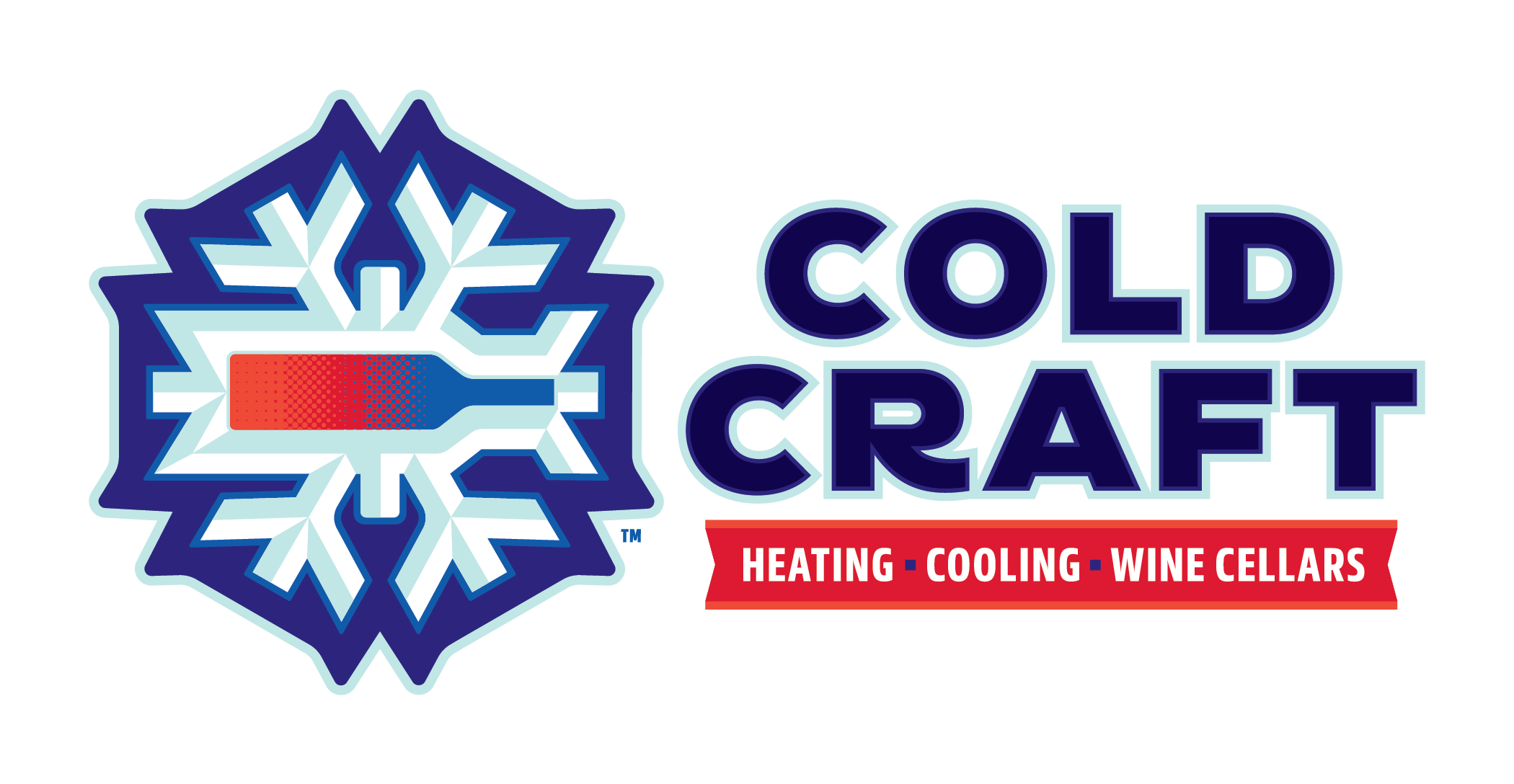Alix Penning
In today’s day and age of efficiencies and energy crises, the commercial facility manager has a lot to think about. One thing they don’t want to think about is whether their HVAC unit is working as well as it should/could be. The easiest way to get to that point is with an economizer.
What is an economizer?
An economizer is a mechanical device intended to reduce energy consumption, by identifying when air outside the thermal envelope of a building is cool enough for use inside. This in turn reduces your energy bills and carbon footprint.
In layman’s terms: an economizer moves cooler outside air into the building, which lowers the temperature inside by just using the energy required for a fan instead of a compressor and fan — cheap cooling.
How the economizer knows that the air outside is suitable to use depends on what kind of economizer you’re using.
What kinds of economizers are there?
There are two basic families of economizers: Dry Bulb, and Enthalpy.
Dry Bulb Economizer
This kind of economizer senses the temperature of the outside air but doesn’t account for humidity. If your building is in a dry climate, which means that your HVAC system likely doesn’t have to regulate the humidity, this can be a suitable option.
However, if your building is in a wetter climate, an enthalpy-type economizer will be a better choice.
Enthalpy Economizers
This type of economizer identifies outside temperature and has additional sensors to identify humidity.
Enthalpy family economizer systems are further broken down into two types—Single and Differential Enthalpy.
Single Enthalpy
Also called a Wet Bulb Economizer, the Single Enthalpy Economizer has a sensor which can identify if the air outside is too humid to be used without conditioning. If the air outside is too humid to be used, it tells the economizer’s logic module, which is basically its brain, to de-humidify and condition the air before circulating it in the building.
Differential Enthalpy (Dual Sensor)
Like the Wet Bulb/Single Enthalpy economizer, the Dual Sensor/Differential Enthalpy economizer senses the humidity of the outside air before identifying if it’s usable. Unlike the Wet Bulb economizer, the Dual Sensor economizer also identifies the humidity inside the building before deciding if the air can be used or should undergo further conditioning. Furthermore, it also senses the humidity in the return flow, and decides if the combination of return and outside ventilation will satisfy the thermostats requests, or if there should be further mechanical cooling or drying.
Can I add an economizer to my current package unit?
Although it is always preferable to install the package unit at the same time as the economizer, it is relatively easy to add a new economizer to an existing package unit. Retrofits of economizers are popular, and with the newer compact systems they’re unobtrusive. They can also be paired with two-stage programmable thermostats and variable frequency drives for even more energy savings.
How do I get started?
To find out when you can have your economizer system installed, visit Cold Craft online, or call the Cold Craft office at 408.374.7292. We’ll set an appointment to review your system, identify and order which kind of economizer you need, and set up a time for installation. ColdCraft.com Lic #631837.
Share This Article!
Newsletter
Subscribe to our newsletter and stay updated on the latest.
Your email is safe with us, we don’t spam.
